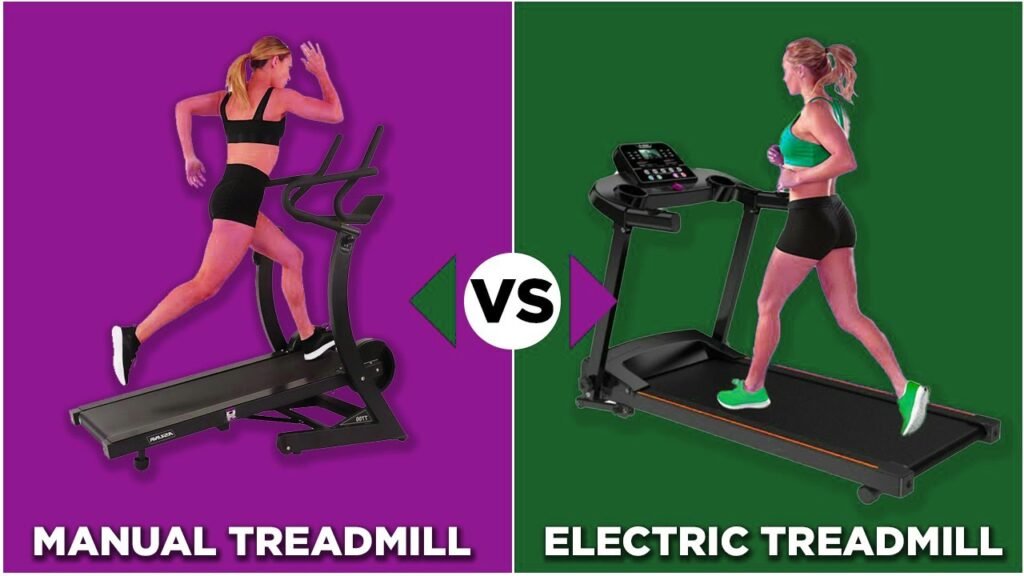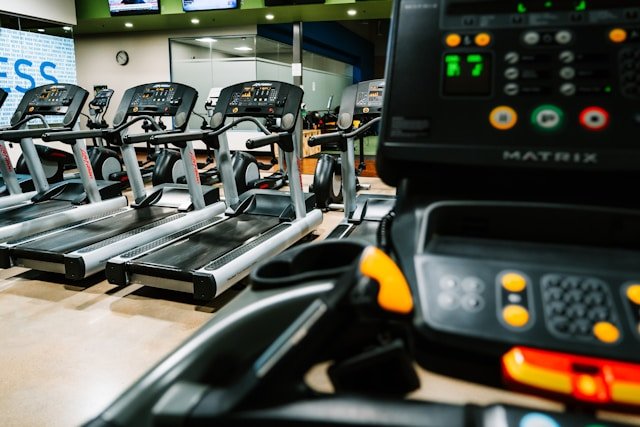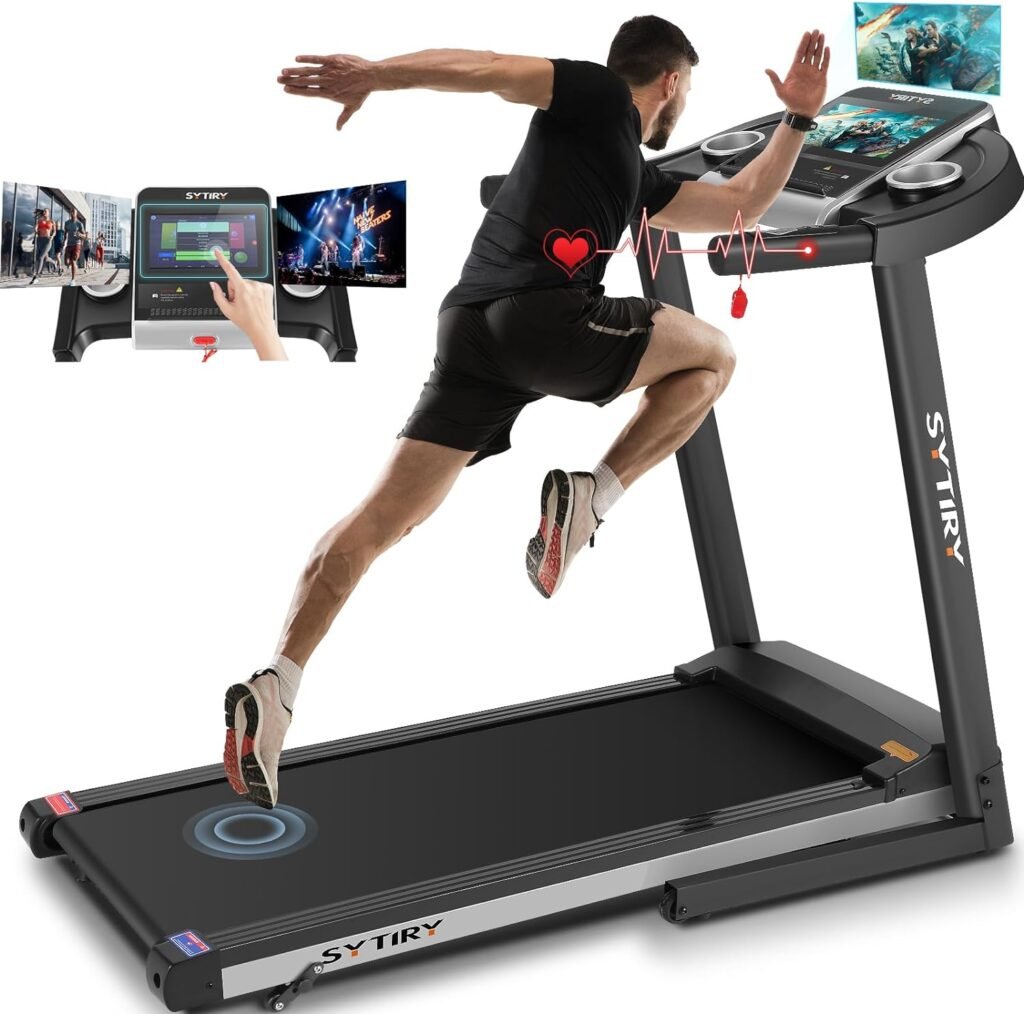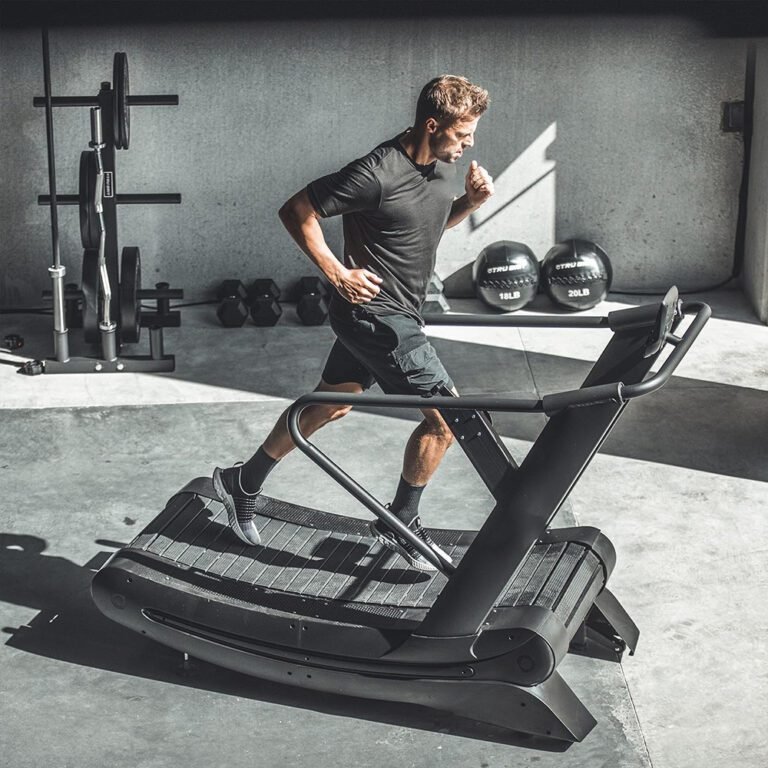Electric (Motorized) or Manual Treadmill: What’s The Difference?
Treadmills offer a fantastic way to get your steps in, but should you go electric or manual? Let’s break down the key differences to empower you to make the right choice for your workouts.

The Core Difference: Power Source
Electric Treadmills: Feature a motor that automatically moves the belt at a set speed. You control the pace and incline electronically via a console.
Manual Treadmills: Rely entirely on your effort to move the belt. The harder you push, the faster it goes.

How This Impacts Your Experience
Effort and Calorie Burn: Manual treadmills demand more exertion, potentially leading to a higher calorie burn per minute compared to electric treadmills at the same perceived pace. This can be ideal for those seeking a more challenging workout, but it can also be intimidating for beginners. Electric treadmills allow for a more consistent pace, which is helpful for steady-state cardio workouts or those focused on building endurance.

Speed Control: Manual treadmills offer instant speed changes based on your effort. This can be a plus for high-intensity interval training (HIIT) workouts where you alternate between bursts of speed and recovery periods. However, it can be difficult to maintain a precise pace on a manual treadmill, which may not be ideal for runners following specific training plans. Electric treadmills allow for precision control of speed through the console, perfect for structured workouts.

Workout Variety and User Experience: Electric treadmills often come with built-in workout programs that automatically adjust the speed, incline, and resistance throughout your workout. This can be a great way to stay engaged and motivated, especially for those who find it difficult to create their own workout routines. Many electric treadmills also have incline options that simulate uphill walking or running, adding an extra challenge to your workout. Additionally, electric treadmills may track your workout stats, such as distance, time, speed, and calories burned, which can be helpful for monitoring your progress. Manual treadmills are a more basic option, focused on replicating the natural motion of running or walking outdoors. They don’t have preset programs or fancy displays, but they can still provide a challenging and effective workout.
Features and Costs: Electric treadmills tend to offer a wider range of features, like built-in workouts, incline options, and heart rate monitoring, which can contribute to a higher price tag. However, basic manual treadmills are often quite affordable. The cost equation gets more interesting when considering high-performance treadmills. Curved manual treadmills, for example, can be just as expensive, or even more expensive than electric treadmills due to their specialized construction and focus on intense training.

Who Should Consider Each Type
- Electric Treadmills Might Be Best If:
- You need consistent speeds for long runs or training for a race.
- You’re looking for a treadmill with a variety of workout programs and incline options to keep your workouts interesting.
- You enjoy tech features and data tracking to stay motivated and monitor your progress.
- Manual Treadmills Might Be Best If:
- Budget is a major concern and you’re looking for a cost-effective way to get a good workout at home.
- You crave an intense, self-powered workout that mimics outdoor running or walking.
- You lack space for a bulky machine, as many manual treadmills fold up for storage.

A Few More Things to Consider
- Safety: Starting and stopping abruptly on a manual treadmill takes practice to avoid injury. It’s important to learn proper technique to ensure a safe and effective workout.
- Running Style: Curved manual treadmills promote better form by mimicking the natural running gait. This may benefit runners who are looking to improve their form or prevent injuries. Flat manual treadmills are a more basic option but can still provide a good workout.
- Enjoyment: Do you like the challenge of a manual treadmill, or prefer the ease and convenience of an electric treadmill? This is a matter of personal preference. Trying out both types of treadmills at a gym or fitness store can help you decide which one you enjoy using more.
Is One Inherently "Better"?
Not really! The best treadmill is the one you’ll actually use. Think about your fitness goals, budget, and space constraints. If you’re still unsure which type of treadmill is right for you, tell me about your fitness goals in the comments and I’ll gladly offer tailored advice!








